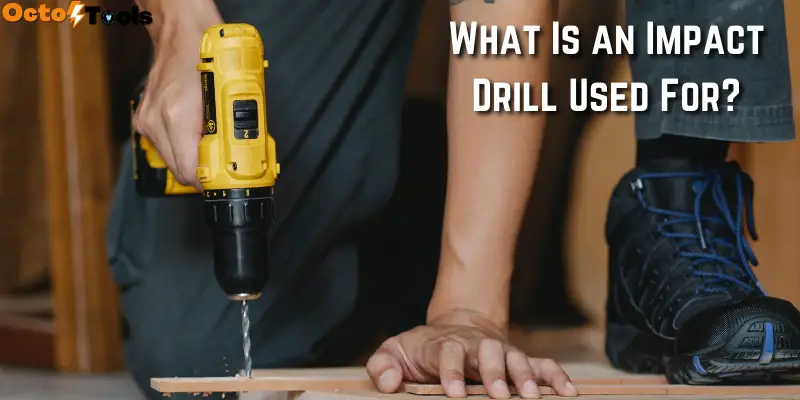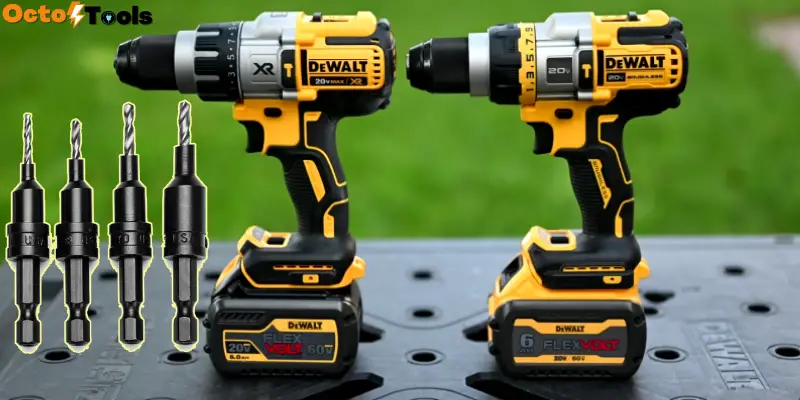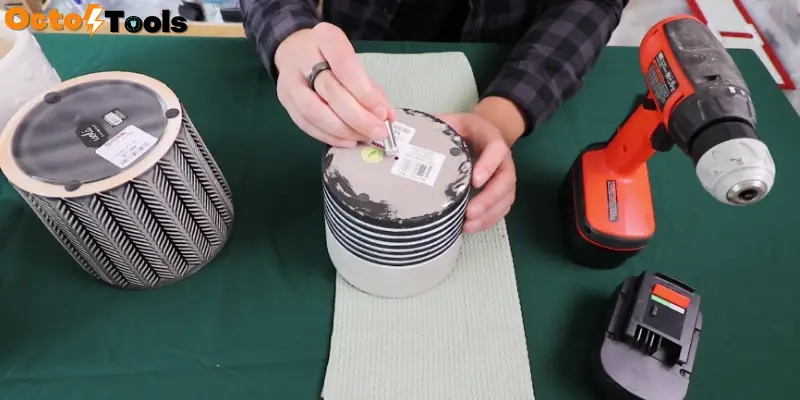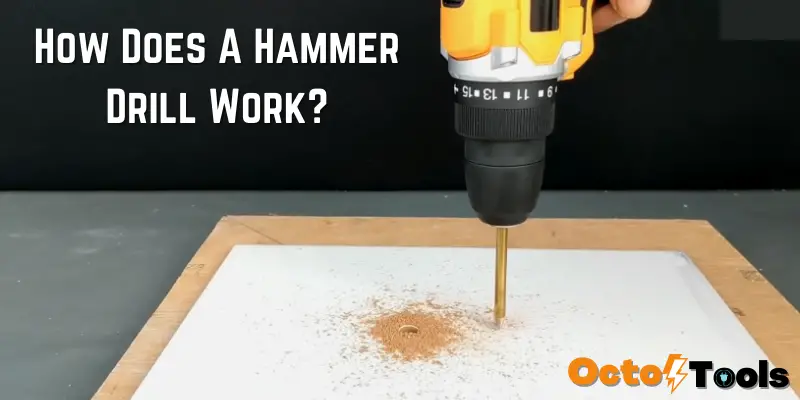If you are a rookie like me, you probably thought brushes on a drill means attaching a toothbrush to the jaw. No? Okay, pardon my weirdness.
But with all the fuss about brushless drills, you do wonder what that means. Where’s the brush located on a drill? What does it add to or take away from the tool? What’s the benefit of brushes on a drill?
It’s simple science, which is why most companies are offering a brushless version of their tools. And in 2021, the rate is only going up!
However, the drill that’s perfect for you, depends less on the specs of the machine and more on you. Let me tell you about everything I’ve learned about what does brushless mean on a drill.
What’s a Brushed Drill?
A brushed drill operates on spring-loaded brushes. A discussion of the basic structure is given below (which you can skip if you want!)
Imagine the insides of your drill. There is a motor that generates power. This power is transferred through a coil, which drives your tool. That means it gives you output. Now the transfer of power between is done with a brush.
In such motors, a permanent magnet is kept outside and an electromagnet is generated inside. There is an apparatus called a commutator which is responsible for alternating the magnetic field of the two electromagnets that are present inside the tool. The commutator is mounted on a long apparatus called ‘Rotor’. The electromagnets alternate along with this rotor.
Now the brushes are two metallic pieces that touch the commutator like a spring. The power is supplied from the brush to the coil and magnet that creates a magnetic field.
This repulses the already situated magnets and work can be done with this force.
If you did not get that it’s okay, but pay attention to this – there is physical contact of the brushes with the commutator ring. This means, there is friction!
What’s a Brushless Drill?
There are no brushes inside a brushless motor drill for transferring power.
The permanent magnet is glued to the rotor. Outside the permanent magnets, there are magnetic rings that alternate between positive, negative, and neutral poles.
The maintenance of this set of poles is controlled by an electronic sensor. The electronic sensor reads the position of the permanent magnets. Then it decides which state the magnetic field should be in.
So, the change of electromagnetic field drives the machine in brushless motor too.
But the difference is, there is no friction.
Brush Vs. Brushless Drills…
If we compare the specifications and expenses of both brushless and brushed drills, we will get the following summary:
| Brushed Motor Drill | Brushless Drill |
| Less Energy Efficient: Some of the input energy is spent as heat energy due to friction. Overall output reduces. | More Energy Efficient: Because there is no friction of brushes, no extra energy goes away as heat due to friction. |
| Slow Response: Responds slowly to change in power supply, speed, or torque. This can be irritating as some works need very detailed precision. | Swift Response: Responds very quickly to change in power supply, speed, or torque. This enhances precision in work. The more intricate works can be done easily and perfectly with such drills. |
| A disadvantage of Friction: Speed is limited in contrast to the power that is supplied. | Advantage of No Friction: Can reach higher speeds as there is no friction. Causes very crisp drilling. |
| Heavy Weight: The weight of these drills is more. They are also larger. This makes the drills less portable and harder to carry or use. | Light Weight: These drills are light, small, and easier to use or hold. The drills are more portable due to the small size and lightweight. |
| Less Longevity: Due to the friction of brushes, there is more load on the machine. The brushes also need to be changed way more frequently. So, it lasts for less time. | Long-Lasting: Lasts longer as there is no extra load on the machine and an electric controller controls the signals. |
| Run-time Disadvantages: Heats up soon which may be irritating. | Run-time Advantages: Does not heat up. |
| Expense: It is less expensive. Traditionally, these drills have been around for a long time and are owned by many homeowners for household work. | Expense: It is more expensive due to the usage of electric sensors. There are three types of electric sensors. Depending on the capacities of the sensors, the price of the machine increases or decreases. |
Which Drill Should You Pick?
As the comparison gives us results in favor of the brushless drill, it should be a no-brainer that you should go for the brushless drill, right?
Well, yes…and no. Before you focus on what does brushless mean on a drill, you need to look at your situation.
Which type of jobs would you require a drill for? Do you need professional help from it or are you a weekend worker?
Regardless of the lucrative specifications, a brushless drill is expensive. This amount will go as an investment. So, if you don’t see yourself getting a lot of use out of it, then buy the one with brushes. It will work just fine if you need help with work here and there. A brushed drill will also work just fine if you will be needing a drill machine irregularly and there will supposedly be long gaps between usages.
The brushed drills will last you a good enough time considering the lightness of your usage then.
However, if you are a professional heavy-duty worker like a construction worker or a builder, invest in a brushless drill. The frequency of your work is high, the workload is more. It is only wise you pick a drill that will ease your work rather than make you suffer.
Brushless drills would be perfect in this case as you wouldn’t need to change any brushes. You can also spare yourself the run-time issues such as heating up, slow response, etc.
Moreover, you can increase or decrease the speed swiftly and at the intensity, you want due to high efficiency. This will make working with multiple materials easy.
Bottom Line
By now you know what does brushless mean on a drill. This should be one of the most decisive factors in your tool purchase.
As said before, if you don’t use drills much, just buy the brushed one. Because it is less expensive. Although it is weighty and large and comes with run-time problems, light users like us should be fine. They’ve been around for years now. There’s no reason they won’t work out for you.
But if you are a heavy-duty professional bloke (or bloke-ess), jump on the brushless trend. It will make your life easier and your toolbox a bit lighter. It will be more expensive but it will add more value for money in your life.
However, if you have a good budget and you want to buy the more expensive brushless one, then go for it. It truly is a no-brainer that without any money constraints, everyone would go for the brushless tool.
The tool you buy is an investment. Depending on your situation and criteria, you have to decide which feature you need to prioritize while purchasing. Spend your resources wisely!





